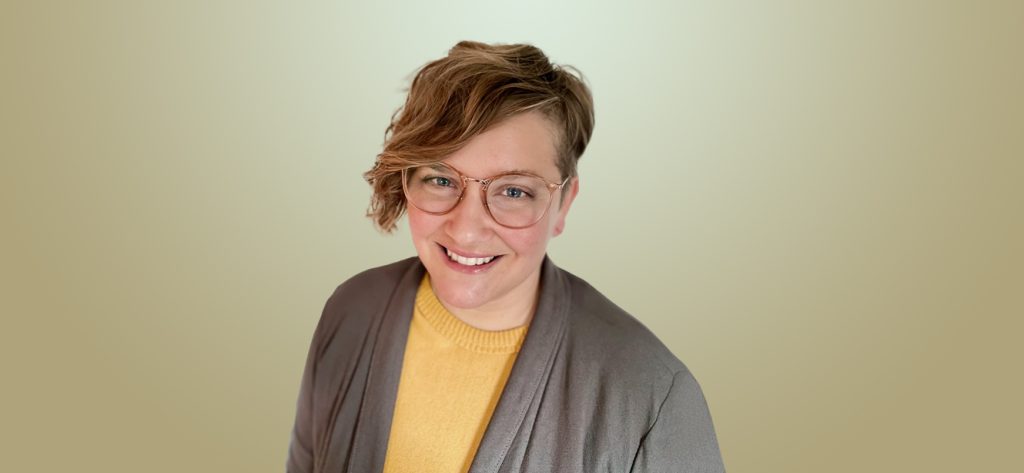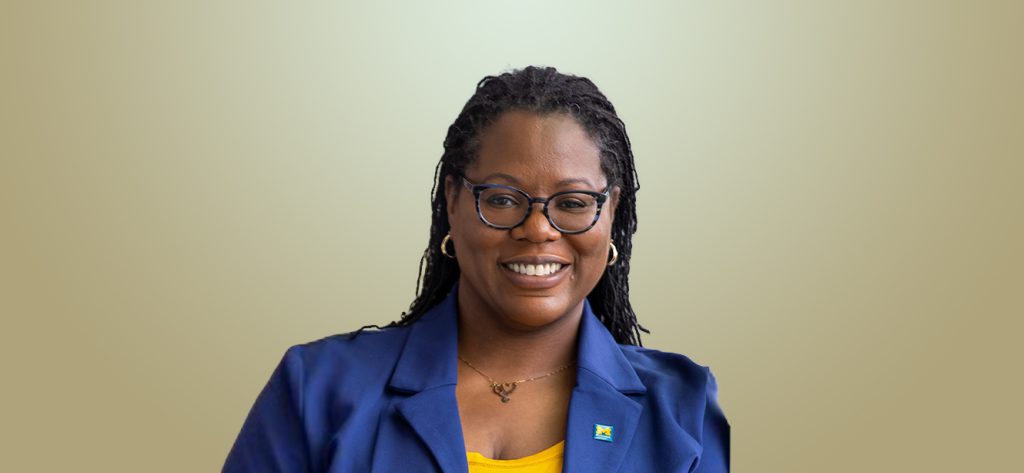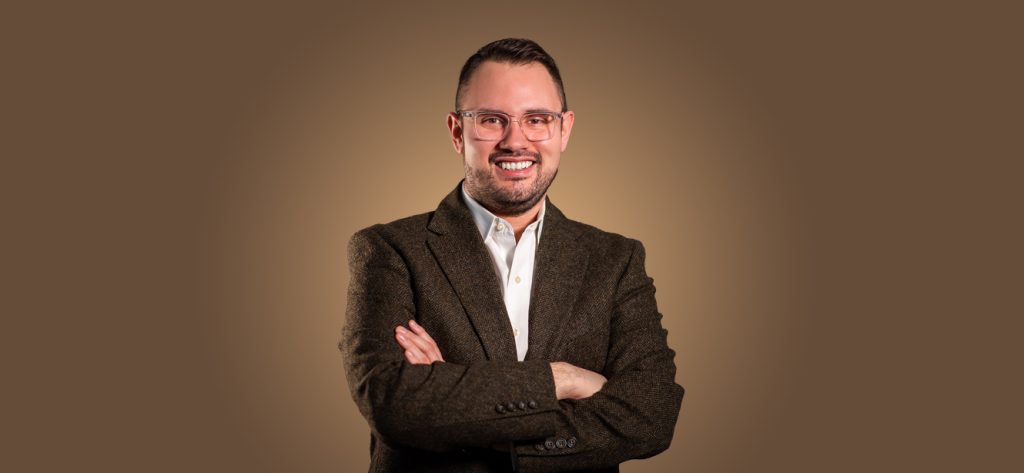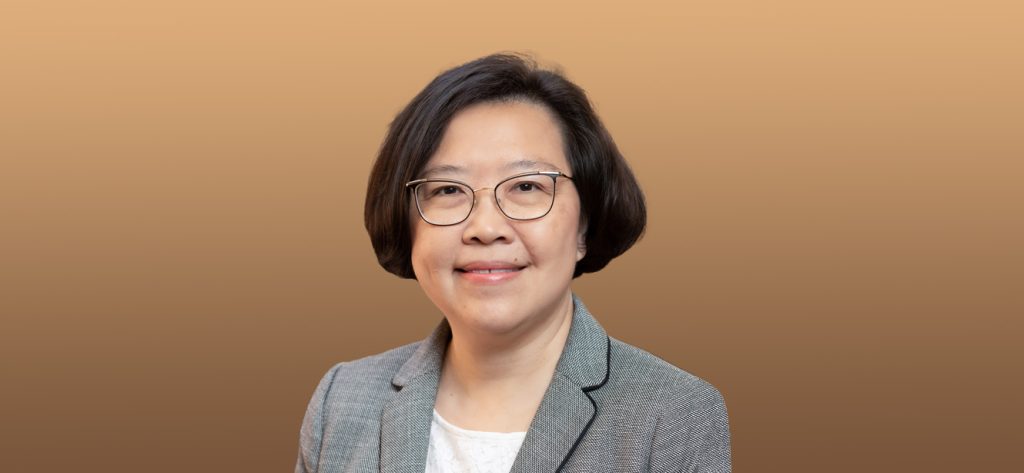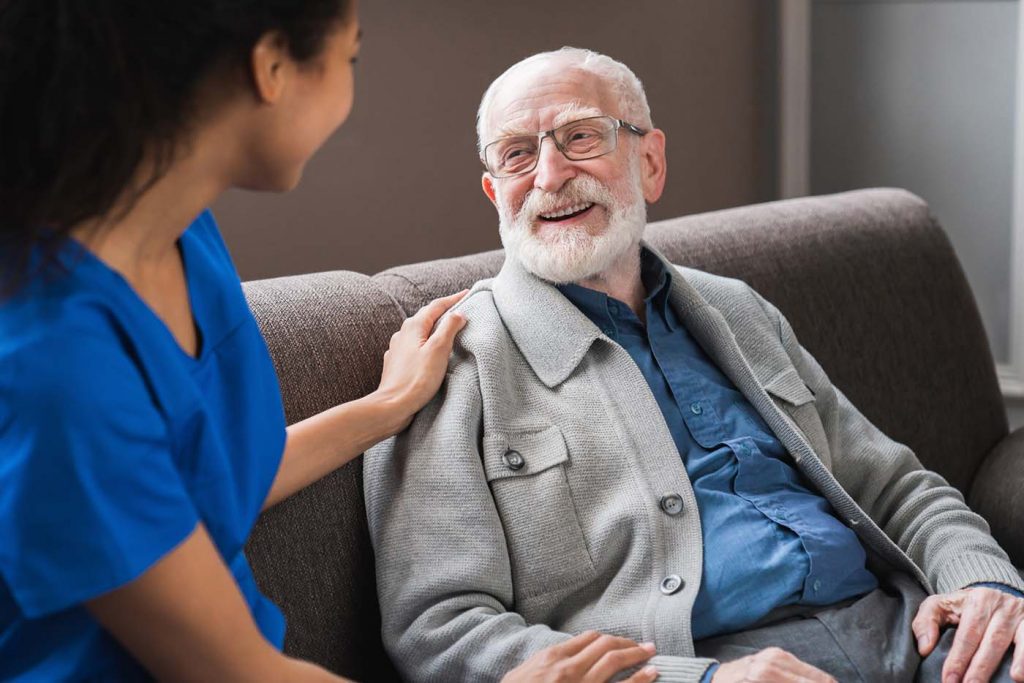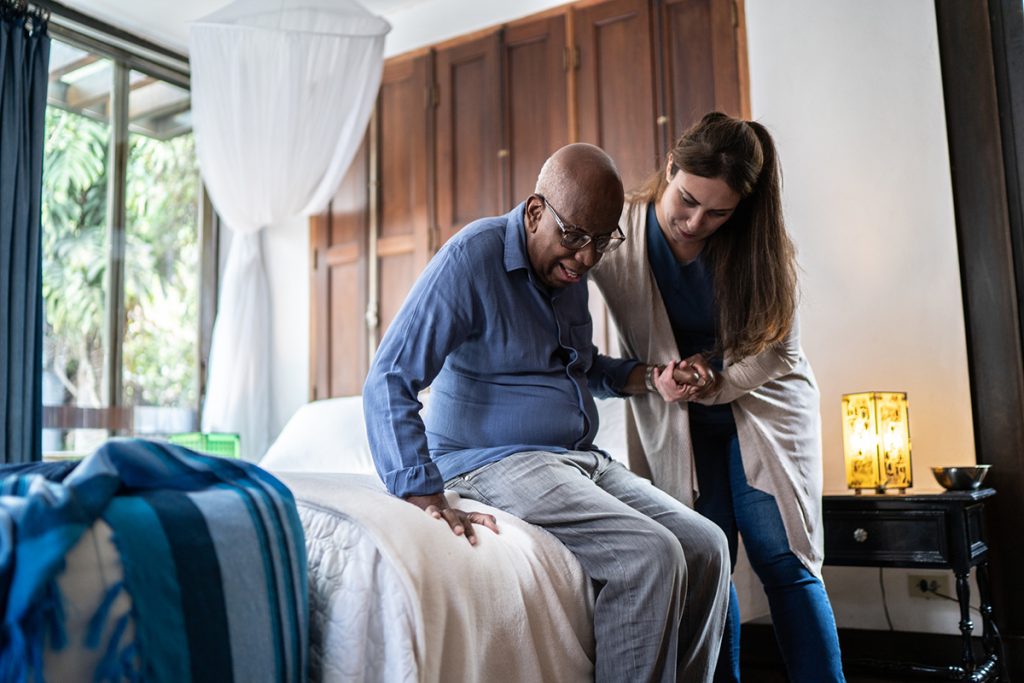Larry Beresford
Communicating to the Public About Hospice and Palliative Care
Misconceptions abound about serious illness care and it is especially difficult to sort out distinctions between hospice versus palliative care. The depth of public misunderstanding about these services may be greater than most professionals realize.
When she was studying to become a nurse, Katie Robinson, PhD, RN-BC, CHPN, didn’t know what kind of nursing she wanted to practice. “I went through all the iterations, starting with labor and delivery and pediatrics,” said Dr. Robinson, now assistant professor of nursing at California State University San Marcos, and one of the co-presenters for a pre-conference workshop at the Institute’s 2023 National Symposium for Academic Palliative Care Education and Research, March 1 at the Long Beach, Calif., Hilton Hotel.
Dr. Robinson-Lane Will Speak to Community Building
As America’s health care system confronts its history of inequity and bias at all levels, the Shiley Haynes Institute’s upcoming Annual Symposium will offer attendees an opportunity to explore these issues for hospice and palliative care professionals in the context of community and community building.
Dr. Erikson’s Pre-Conference Workshop for 2023 Symposium will Explore AACN’s Core Spheres
One of the pre-conference workshops at the Shiley Haynes Institute’s upcoming 2023 national symposium will highlight an enhanced role for palliative care, as signaled in the American Association of Colleges of Nursing (AACN)’s latest updating of its “Core Competencies for Professional Nursing Education.” Released in April of 2021, it identifies four “core” spheres of care that may still be unfamiliar to some nursing educators.
Personal caregiving, which covers a broad spectrum from childcare to providing for the health care needs of a parent, spouse, sibling or other loved one, can have huge implications and huge consequences for the caregiver.
Interprofessional Education and Practice to be Highlighted in Plenary at Institute’s 2023 Symposium
The advancement of interprofessional education and practice are rapidly evolving trends across the health care system but particularly relevant for the field of palliative care. “I would say that palliative care itself is inherently interprofessional. You can’t practice palliative care without working closely across different professions,” said Veronica Young, PharmD, MPH, FNAP, founding director of The University of Texas at Austin Center for Health Interprofessional Practice and Education.
Burnout’s Institutional Challenge: Dr. Maslach to Address Institute’s 2023 Symposium
For UC Berkeley psychology professor emerita Christina Maslach, PhD, creator of the widely used Maslach Burnout Inventory (MBI) psychological research tool, much of the current focus on the burnout epidemic in the health professions tends to point the finger at the individuals and what they need to do in order to become more resilient in their jobs. Instead, she says, we should look at the systems and job settings—the occupational phenomena that are creating widespread, chronic job stress.
Where Is Palliative Care Now in the “Post-COVID” Landscape?
In the early days of the COVID pandemic, some palliative care and hospice programs found themselves pushed to the sidelines of the national crisis response. Patients “crashed” fast; doors closed to all-but essential facility staff; some patients put off seeking care for preexisting serious conditions and thus failed to get connected with hospice and palliative care.
Can Palliative Care Be Provided Entirely From Afar?
Palliative care is a humanistic, patient-centric form of healthcare that includes medical, emotional, and other supportive services for people who are confronting the impacts of a serious illness in many areas of their lives. Some have even called it “hand-holding,” although it involves much more than that.
As interest and use of cannabis-derived products for treating symptoms of illness grow across the country, hospice and palliative care practitioners are increasingly looking to understand how these products fit into the palliative approach for treating symptoms of serious illness.
The American Association of Colleges of Nursing has just taken a major step toward ensuring that clinical competencies in primary palliative care and end-of-life care are incorporated into nursing teaching curriculums.
Learn more.
Addressing Spiritual Pain Challenges Palliative Clinicians
Efforts to support patients’ spiritual needs can sometimes be overlooked given more immediate symptom management demands. While most clinical education programs don’t incorporate spiritual care, all clinicians need awareness of spiritual pain as a vital component of end-of-life care.
Teaching Primary Palliative Care in a Large Health System
Ensuring all clinicians in any setting caring for patients with serious illness have communication and symptom management skills is a top priority—but requires leadership and training. Several models are available.
Hospice innovation points to a world where hospice care is a “carve-in” to Medicare Advantage (MA) plans, rather than carved out as a separate benefit provided by Medicare-certified hospices, as it is currently.
For hospice and palliative care clinicians, pain management is an essential responsibility in managing the symptoms of serious illnesses. But the unabated tragedy of prescription opioid misuse and overdoses requires close attention. Incorporating mitigating approaches into palliative care training is critical.
Interest in the hospital at home concept has gained momentum as health systems, the Veterans Administration, and managed care organizations are testing the approach for treating seriously ill adults in a more familiar and comfortable setting.
POLST Comes of Age, Moves Toward Greater Standardization
In recent years, Physician Orders for Life-Sustaining Treatment (POLST) has become almost a routine part of the health care system, and it continues to spread and become standardized as more states work to ensure portability, across settings and state lines, through electronic registries.
Can Policy Help to Expand Advance Care Planning?
As the world re-emerges from the coronavirus pandemic, health care advocates work to remove barriers to advance care planning, expand completions of advance directives, and ensure interoperability for advance directives in electronic health records (EHRs).

